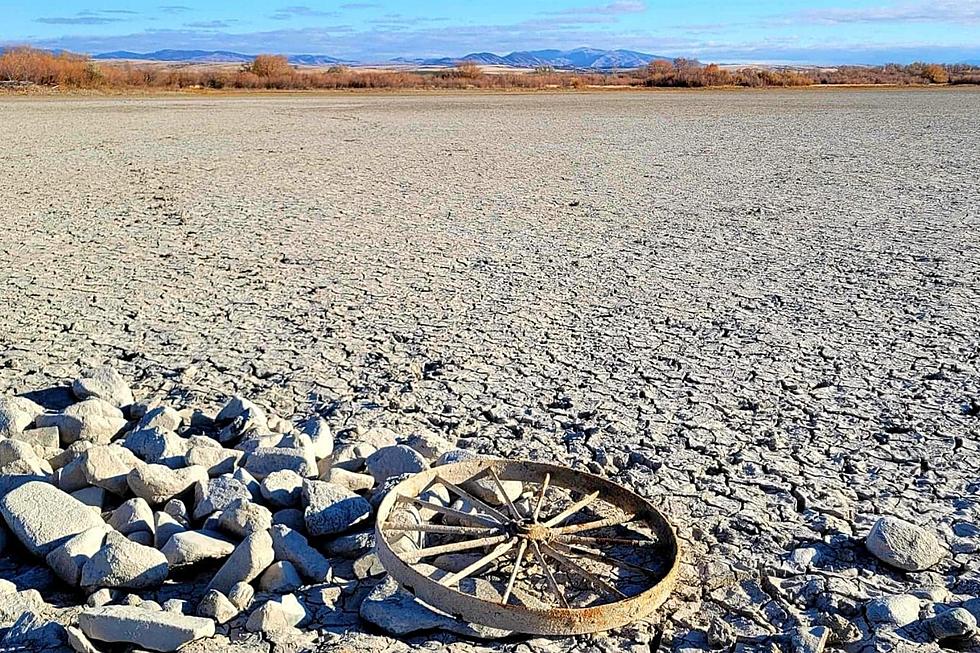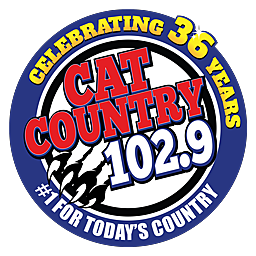
OPINION: It’s Time to Give Up the Grass, Billings
Fact: Water is getting scarce in the West.
The drought in Montana is on everyone's mind, but threats of water scarcity in the western United States have been building for years. Fans of the Las Vegas area may have seen the recent news that Hoover Dam's Lake Mead has dropped to its lowest level since it filled with water in 1937. The picture (below) is unnerving and the fight over who gets water first from the Colorado River will be interesting. That white ring on the opposite shore is the lake's high-mark. Yikes.
Most of Montana doesn't get much water to begin with.
West of the Continental Divide in Montana is considered to have a Pacific Northwest climate, while east of the Divide is classified as semi-arid, according to the Koppen Climate Classification system. I've always (naively) thought Montana was somehow safe from water shortages. "But we've got mountains! Snowpack! Fort Peck Reservoir!" Surely, we'll never run dry...right?
That mountain snowpack is responsible for nearly all of the water in Montana and when it all melts, that's it. There is no more until next spring. The realities of a limited water supply could become very real in Montana, potentially sooner than we'd expect.
Some cities in Montana are already implementing water restrictions.
Earlier this week, the city of Dillon enacted water restrictions, with certain times and days allowed for lawn irrigation. Unnecessary or wasteful use of water could warrant a fine. Montana Right Now reports that Helena implemented Stage III city water restrictions today (7/1). The Billings water department is keeping a close eye on the cities water supply and usage. Conservation efforts are voluntary (for now), according to KTVQ's story.
Who controls the water in Montana?
Agricultural irrigation rights (some dating back 100+ years) typically get top priority, but juggling who, what, and where receives its fair share of Montana water is a complex mix of organizations, mostly under the Department of Natural Resources Council's umbrella. You can learn more HERE.
Native plants and smart landscaping should be the first step.
The American obsession with oversized, perfectly manicured, lush, green lawns simply boggles my mind, especially in places like eastern Montana. When water gets tight (and it will), lawn watering is always the first thing to get cut. In my opinion, most lawns should be replaced with native plants and grasses. At some point, you might not get a choice.
It doesn't have to be ugly.
Low-water plants, wildflowers, creative pathways, rock landscaping, etc. can be just as beautiful as the yard you spend two hours mowing every weekend. My hope is that more homeowners, builders and landscaping firms will incorporate and encourage xeriscape designs. Thousands of new homes with half-acre lawns of constantly-watered green grass simply isn't sustainable in the Yellowstone valley.

I really do hope this drought is just a couple weird years of unseasonably hot and dry weather, and I'm crossing my fingers that we'll get rain, followed by tons of snow for the next 10 winters. I'm also a realist and it's getting tougher and tougher for even the most ardent climate change deniers to see what's happening, almost before our very eyes. Call it what you will, the climate is changing.
If you'd like to incorporate a less-water intensive landscape on your lawn, a quick Google search will reveal some great Montana resources for plants that do well in dry climates. The City of Billings provides this Xeriscaping 101 guide and the DNRC and USDA offer an awesome detailed guide called Creative Native Landscapes for our region. You could also reach out to a knowledgeable local nursery or landscaper. I think it's time to rip up your grass and never look back.
Check Out the Best-Selling Album From the Year You Graduated High School
More From Cat Country 102.9









